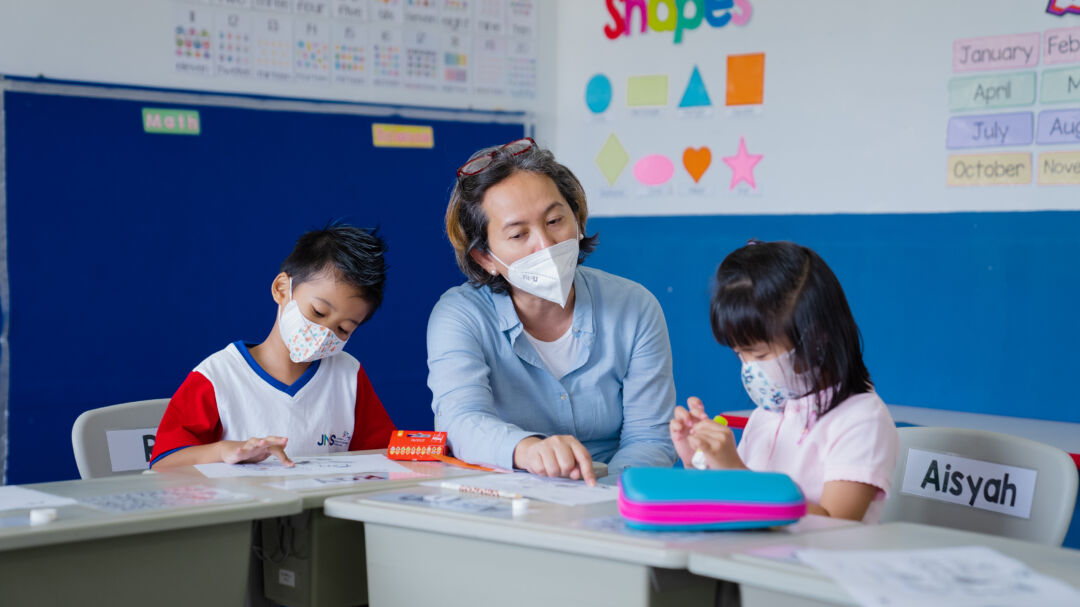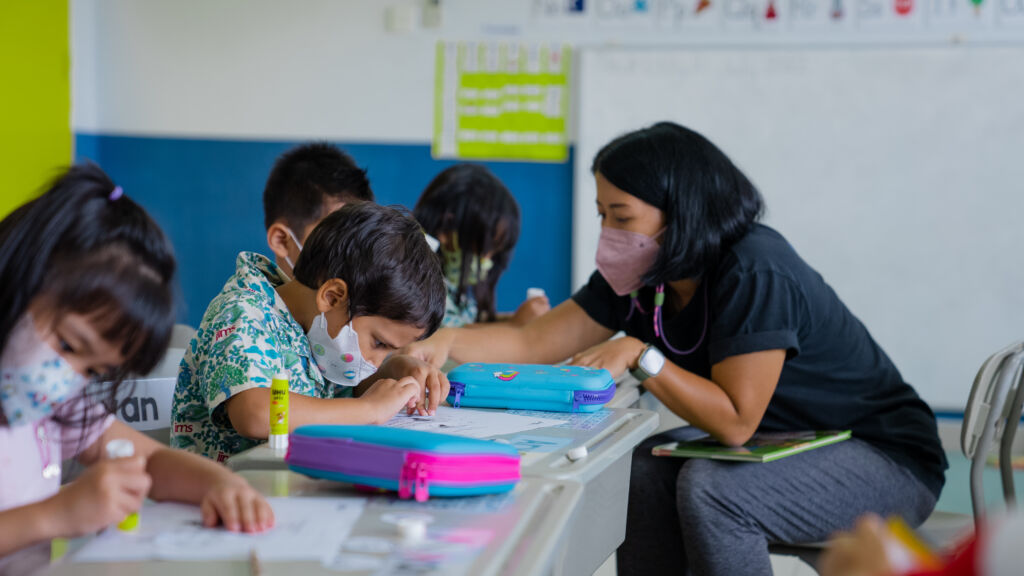
There are many important influences in a child development early learning journey. Parents, carers, family members, friends, peers and teachers. In fact, studies show that outside of parents, educators are the second most influential factor in a child’s learning outcomes and future overall wellbeing. And the effects go far beyond a child’s ability to read and write.
It is during the first five years of a child’s life where the crucial building blocks for their emotional, social, and cognitive skills are put in place. So, the important role of educators during this time cannot be overstated. Child development can be defined as the process by which a child changes over time. It covers the whole period from conception to an individual becoming a fully functioning adult. It’s a journey from total dependence to full independence.
Why is Child Development So Important in Early Years?

However, research has shown that only 25% of parents recognise the importance of the first five years; additionally, teacher training does not adequately cover the early years, despite the fact that children are still within this period when they begin school. This lack of awareness on both parts could cause failures to provide the best environments for children, and their progress could be limited.
Baca Juga : Developmental domains of early childhood
Child development incorporates, physical growth as well as intellectual, language, emotional and social development. Whilst these aspects are often considered separately, in reality each influences all of the others. For example, as the brain develops physically, so intellectual abilities increase. This in turn allows a child to explore their social world more fully, develop their emotional responses to it and the language needed to describe it, but in turn, this exploration directly impacts on further physical brain development.
What are the characteristics of cognitive development?
To promote your child’s cognitive development, it is important that you actively engage in quality interactions on a daily basis. Examples include:
- Development and learning are dynamic processes that reflect the complex interplay between a child’s biological characteristics and the environment, each shaping the other as well as future patterns of growth.
- Play promotes joyful learning that fosters self-regulation, language, cognitive and social competencies as well as content knowledge across disciplines. Play is essential for all children, birth through age 8.
- Although general progressions of development and learning can be identified, variations due to cultural contexts, experiences, and individual differences must also be considered.
- Children are active learners from birth, constantly taking in and organizing information to create meaning through their relationships, their interactions with their environment, and their overall experiences.
- Children’s motivation to learn is increased when their learning environment fosters their sense of belonging, purpose, and agency. Curricula and teaching methods build on each child’s assets by connecting their experiences in the school or learning environment to their home and community settings.
- Used responsibly and intentionally, technology and interactive media can be valuable tools for supporting children’s development and learning.
Bergabunglah dengan Pengalaman Kami!
Menjadi bagian dari JMS bukan hanya untuk program belajar yang menyenangkan,
tetapi juga untuk mengembangkan masa depan mereka.


Berbagai Fasilitas Menarik di Sekolah Internasional di Indonesia says:
Inilah Berbagai Kurikulum International School di Indonesia says:
Rekomendasi Pekerjaan Freelancer untuk Mahasiswa - Rakamin Academy says:
Tips Memilih Sekolah Internasional Terbaik di Indonesia says:
Keunggulan Jakarta Multicultural School Sebagai Private School Terbaik di Indonesia says:
Anak Malas Belajar? Berikut Faktor Penyebab yang Harus Orangtua Ketahui - Seserina says:
Mengapa Sekolah Menengah Atas Internasional di Jakarta Menjadi Pilihan Terbaik untuk Masa Depan? - Hellodkids.info says:
Pahami Kurikulum Pada JMS Best International High School Jakarta says:
Alasan JMS Sebagai Best International High School di Jakarta says:
Inilah Fasilitas JMS International High School Terbaik Jakarta says: